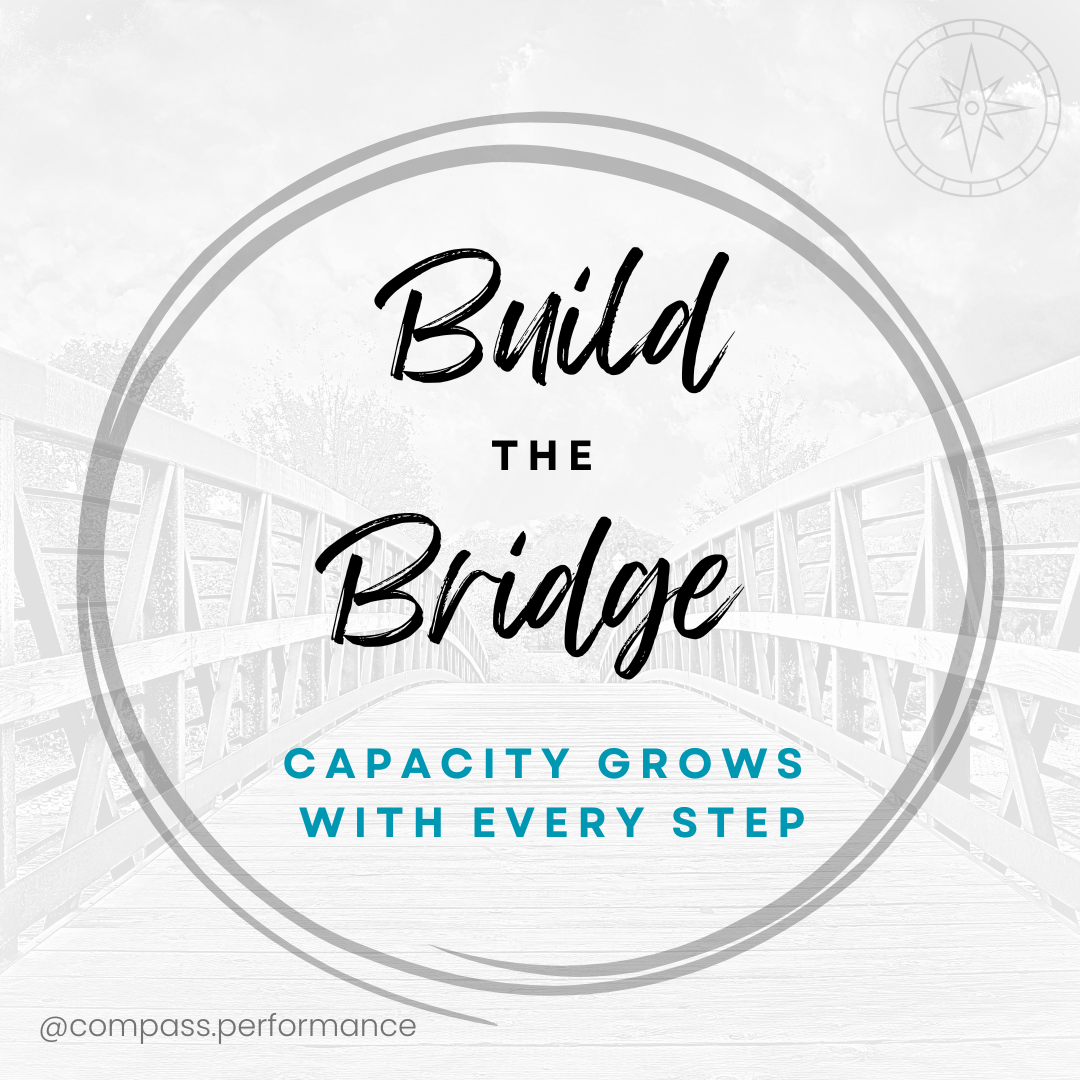COMPASS BLOG
THERE No 'Bad' Exercises...
Just Ones You’re Not Ready For (Yet)
Sarah Wilcox - 16 July 2025

In both coaching and rehab I find myself coming back to the same message: "There are no bad exercises. Just ones your body isn’t prepared for right now".
This idea sits at the core of how I work. Whether you’re coming back from injury, chasing a performance goal or simply wanting to move better the principle stays the same. We meet where you are and build capacity through progressive loading and focus on long-term sustainable strength. Your body needs the right stimulus at the right time and when it gets that, it adapts.
Capacity Before Complexity
A movement isn’t dangerous just because it’s difficult. It becomes risky when it asks more than your system can handle. Load, range, volume and speed all add stress and if your tissues joints and nervous system aren’t ready for that stress, something has to give. However, that doesn’t mean the movement is off-limits forever. It just means it’s not right - yet. With a broader view that includes your biomechanics, injury history, training background and goals, we can build from where you are now, not where you think you should be.
There’s a Gap, But You Can Build a Bridge
The good news is capacity is not fixed. It’s built. Pain, poor form or early fatigue during a movement doesn’t mean you should avoid it completely. It means your current capacity doesn’t yet match that movement’s demand. That’s our cue to regress adjust and train up. Whether I’m working with endurance athletes, tactical professionals or those looking to return to fitness after injury, I follow the same process:
Controlled exposure to load and range.
Scalable regressions and smart progressions (and this is not linear!).
Cross-training strategies that support capacity.
Programmed periods of de-load to allow recovery and optimal adaptation to occur
No shortcuts. No gimmicks. Just consistent structured input that builds resilient movement.
Training Principles: Specificity
Yes, general fitness creates a solid base but it doesn’t guarantee skill-specific performance. Your body adapts specifically to what you ask of it. Just because you're fit doesn’t mean you're ready for everything. Let me give you a few examples I see all the time:
A cyclist might power through long rides but struggle with deep knee flexion under load because that specific range hasn’t been trained.
A runner may have great aerobic capacity but lack the trunk and grip strength needed to carry weight efficiently.
A client returning from meniscal (knee) injury, who walks daily but is unable to load fully through a step up.
A swimmer can dominate in the water but still lack the shoulder control or strength for overhead pressing.
A soccer player suffers a hamstring strain during a kick because they lack the hip range or muscle length to tolerate the demands of the movement.
Each of these examples show fitness, but not automatic readiness for every task. That’s why specificity and thoughtful progression matter. Your body adapts to what it practices. So if a movement isn’t accessible right now it’s not failure. It’s feedback. It tells us where to go next.
Training Principles: Progression (Train Smarter Not Just Harder)
Progressive overload is the foundation for building lasting strength and capacity. It’s not about maxing out on day one. It’s about starting where your body moves well and building gradually from there, by increasing elements such as: volume load and range over time. So what does this look like?:
Replacing jump squats with slow controlled split squats to build strength and control.
Swapping barbell deadlifts for trap bar or kettlebell hinges to load safely and effectively.
Starting in the range your body can control now and expanding it with load as strength grows.
You’re not limited. You're building capacity by layering challenge over time, not skipping ahead. If a movement isn’t accessible right now we don’t force it. We find the step before it and train there. Then we keep going.
The Compass Philosophy:
As a physiotherapist and coach, I’m not here to chase perfection. I coach to build resilience, in your body, your mindset and your movement. I want you to understand how you move trust your body and feel confident adapting your training as life evolves. If you’re ready to take the next step or want guidance in your training journey get in touch; I’d love to help you build from where you are!
So! Back to my initial point: There are no bad exercises. Just mismatches between demand and readiness.
Trust the process. Train with purpose. Progress will happen.
References:
Gabbett, T. (2016). The Training—Injury Prevention Paradox: Should Athletes Be Training Smarter and harder? British Journal of Sports Medicine, 50(5), pp.273–280.
Khan, K.M. and Scott, A. (2009). Mechanotherapy: how physical therapists’ prescription of exercise promotes tissue repair. British Journal of Sports Medicine, [online] 43(4), pp.247–252. doi:https://doi.org/10.1136/bjsm.2008.054239.
Triplett and Haff (2021). NCSA: Essentials of Strength Training and Conditioning. Human Kinetics.
Disclaimer:
The content on this blog is for informational purposes only and is not intended to provide medical advice, diagnosis, or treatment. Always consult your physician or a qualified healthcare provider if you have concerns about your health or specific medical conditions.
